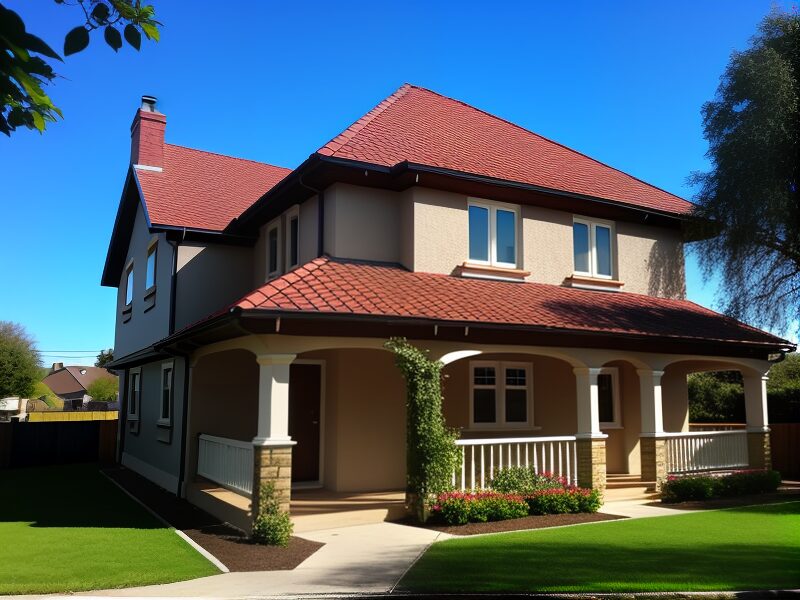Is Your Roof Ready for Summer?
Heat and UV Protection Tips from Valley Roofing
Your roof becomes your home’s first defense against rising temperatures and intense UV rays. While we often think about winter storms or rainy springs regarding roof maintenance, summer heat can be just as damaging to roofing materials—especially if your roof isn’t adequately prepared.
Why Summer Weather Can Be Tough on Roofs
Prolonged sun exposure and high temperatures can cause roofing materials to expand, dry out, and deteriorate over time. Asphalt shingles can break down from UV ray absorption and crack. So many things can go wrong. Without the proper preparation, your roof may age prematurely or contribute to higher energy bills as your cooling system works overtime. But what if we told you there are things you can do to minimize the risks of damage to your roof from the heat? Keep reading to learn how.
How to Protect Your Roof from Heat and UV Damage
1. Schedule a Summer Roof Inspection
An annual roof inspection is the best way to catch potential damage before it’s too late. The ideal time for an inspection is in the spring, right after winter. A trained roofing professional like Valley Roofing can identify minor problems—like cracked shingles, worn sealant, or poor ventilation—that could worsen under intense sunlight and rising temperatures. Getting ahead of these repairs helps ensure your roof is ready to handle the summer sun and the following colder months.
2. Check Your Attic Ventilation
Adequate ventilation allows hot air to be released from your attic. In return, your home may feel cooler, and your energy costs may be lower. If your attic feels excessively hot in the summer, consider improving your airflow by installing ridge vents, soffit vents, or attic fans.
3. Keep Gutters and Roof Surfaces Clear
Debris can trap heat and moisture on your roof’s surface, potentially leading to rot, algae growth, and even structural damage. Regular maintenance can easily prevent these problems, including removing debris like leaves, branches, and moss from the roof’s surface and the gutters. Maintaining proper drainage and airflow helps extend the life of your roof and supports the overall health of your home.
4. Consider Reflective Roofing Options
Asphalt shingles typically absorb more heat than other roofing materials like metal. However, certain ones are engineered with reflective granules that enhance their ability to deflect sunlight. Metal roofs are also highly reflective and reduce heat absorption significantly.
5. Apply a Protective Roof Coating (If Applicable)
A UV-reflective coating can sometimes be applied to your roof to extend its life and enhance energy efficiency. These coatings help reflect the sun’s rays, which can reduce surface temperatures and minimize the amount of heat absorbed into your home. Reflective coatings are especially beneficial for low-slope or flat roofs because sun exposure tends to be more direct and prolonged on these surfaces.
Stay Cool with a Roof Built to Last
Your roof is more than just protection from the rain—it also plays a key role in keeping your home comfortable during the summer months. Whether you need a quick inspection, ventilation upgrade, or a complete replacement, Valley Roofing is here to help you prepare for the season ahead.
Valley Roofing is Salem’s and the Mid-Valley’s premier roofing company, known for delivering exceptional craftsmanship and lasting results. We use high-quality materials from local manufacturers and proven installation methods to ensure every roof we build is made to withstand Oregon’s weather and the test of time.
Want to make sure your roof is ready for the heat? Contact us today to schedule an inspection.
What Our Clients Say
Carrie Corcoran
Keith I.


0 Comments